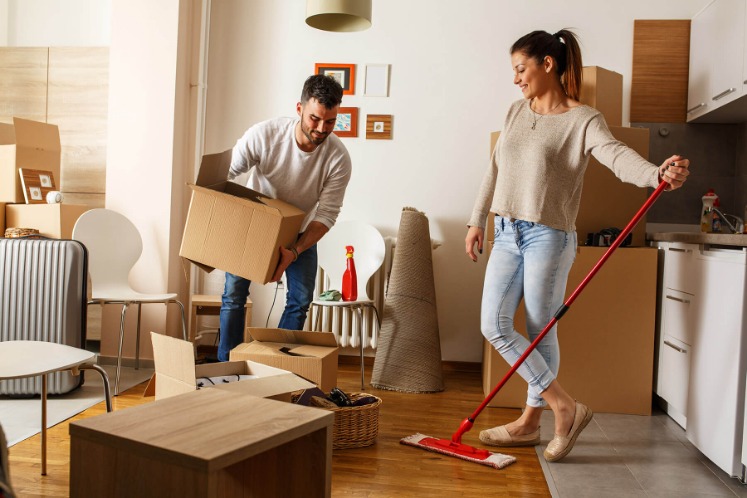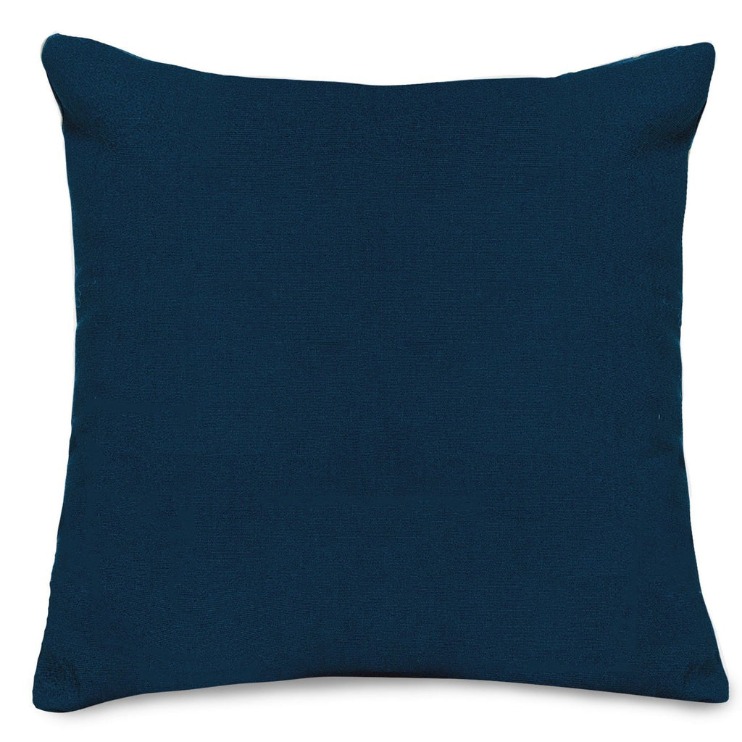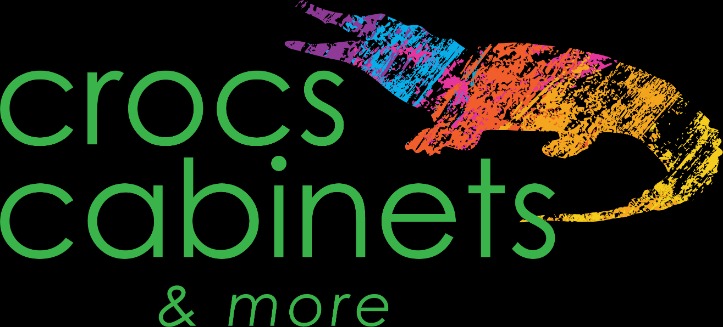If a household member smokes, cleaning will also take longer since the cleaner needs to remove the odor. The smell will stick in your throw pillows, walls, etc., and it will need neutralizing to keep the air fresh and clean. Read more about bathroom cleaning here. Most smokers go out or have a separate smoking area, so they will not need to do this inside their homes. Visible, more clutter-customers fond of piling up stacks of old magazines in the living room are more likely to do the same in the other areas of their house. If there are more unused things, it will take more time to start cleaning because decluttering needs to be done first.
There’s a difference between “cleaning” and truly having a clean home. Another simple way to cut down on how much time you spend cleaning is to tidy up as you go—especially in the kitchen, which tends to be one of the messiest places in your home. “Nothing is worse than baked-on, caked-on food stains in your microwave and oven and on your dishes and counters,” says Keith. You use your washer to clean clothes, but when was the last time you cleaned the machine itself? While your laundry room, garage and basement might not see as much traffic as the other rooms in your home, it’s still important to give them a deep clean every few months. After clearing junk off your countertops, wipe down the counters and backsplash with an all-purpose cleaner, or a granite cleaner if you have stone tiles.
Wash Interior Walls
“I’m not a fanatic regarding disinfecting everything.” Keeping your hands clean and maintaining good hygiene in your household goes a long way to warding off germs. The key is to consider your household members and needs. If you have a sick person in your home, very young children, or someone who’s immunocompromised, your house might need more attention. This means going deeper with disinfecting – which kills germs – and sanitizing, which reduces germs. Some cleaning and disinfection products can trigger asthma. Learn more about reducing your chance of an asthma attack while disinfecting. Jacqueline Stein is a professional cleaner and the owner of Home Reimagined in Austin, Texas.
What To Expect When Professional Maids Clean Your Home?
If you have more than one bathroom, it’s easier to clean them one after the other, instead of doing other rooms in between. Spray counters with disinfectant, the tub and the toilet with cleaner and wipe them all down.
Outside, there’s less cleaning to do; instead prepare for the weather. Buy salt or other de-icers so you’re not caught unprepared. Look for non-toxic compounds for the safety of your and your neighbors’ pets. Make sure all your vehicles have ice scrapers and brushes to remove snow. Check your wiper fluid and antifreeze levels, and always keep your gas tank close to full to avoid freezing. It may seem silly to clean your cleaning appliance, but it’s necessary.
Her plant biology degree has a focus on sustainable agriculture, and she’s an expert on growing your own food, environmental sciences, and all topics relating to houseplants. Wipe down all surfaces and counters throughout the house, disinfecting every step of the way. Lee says to arm yourself if you want to clean effectively. “You should invest in multiple-sized cleaning brushes to help get into small nooks and crannies,” she advises.
Then tackle surfaces you usually bypass, starting at the highest spot in the room, and working your way down. Yet most say they don’t feel they’re necessarily doing it right or doing enough. Smart cleaning starts before you pick up a scrub brush. Keep your shower walls and floor looking shinier longer by stocking the bath with glycerin- or vegetable oil-based soaps. Empty the trash, recycling and compost bins as necessary, and scrub them with soap and a scrub brush. Once the dishwasher is empty, use a soft scrub brush to remove any gunk in the corners, empty the filter and run a cleaning cycle with a dishwasher cleaner. Start scrubbing the sink by removing all the gunk first—pull out any goop in the garbage disposal and scrub it.






